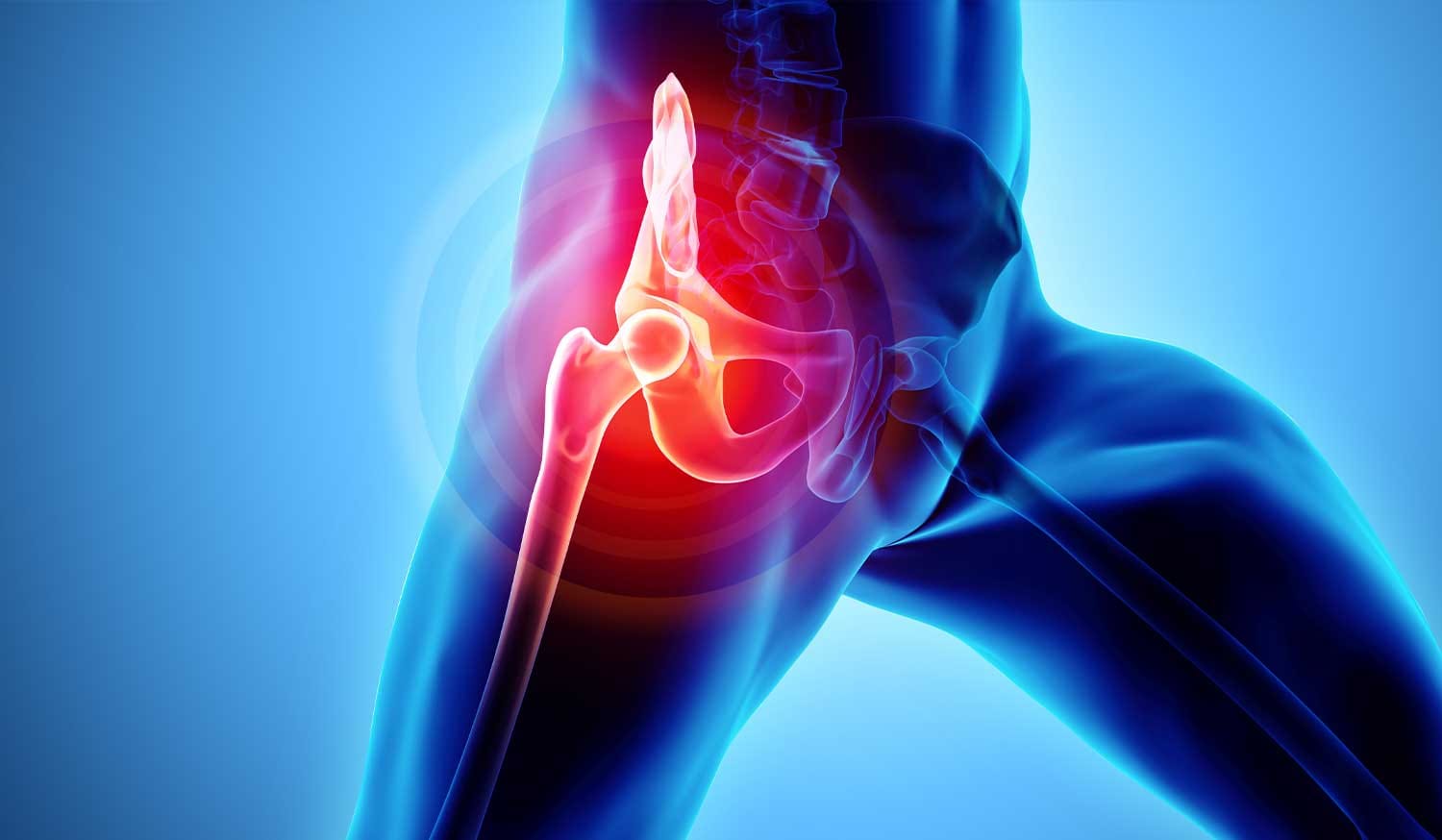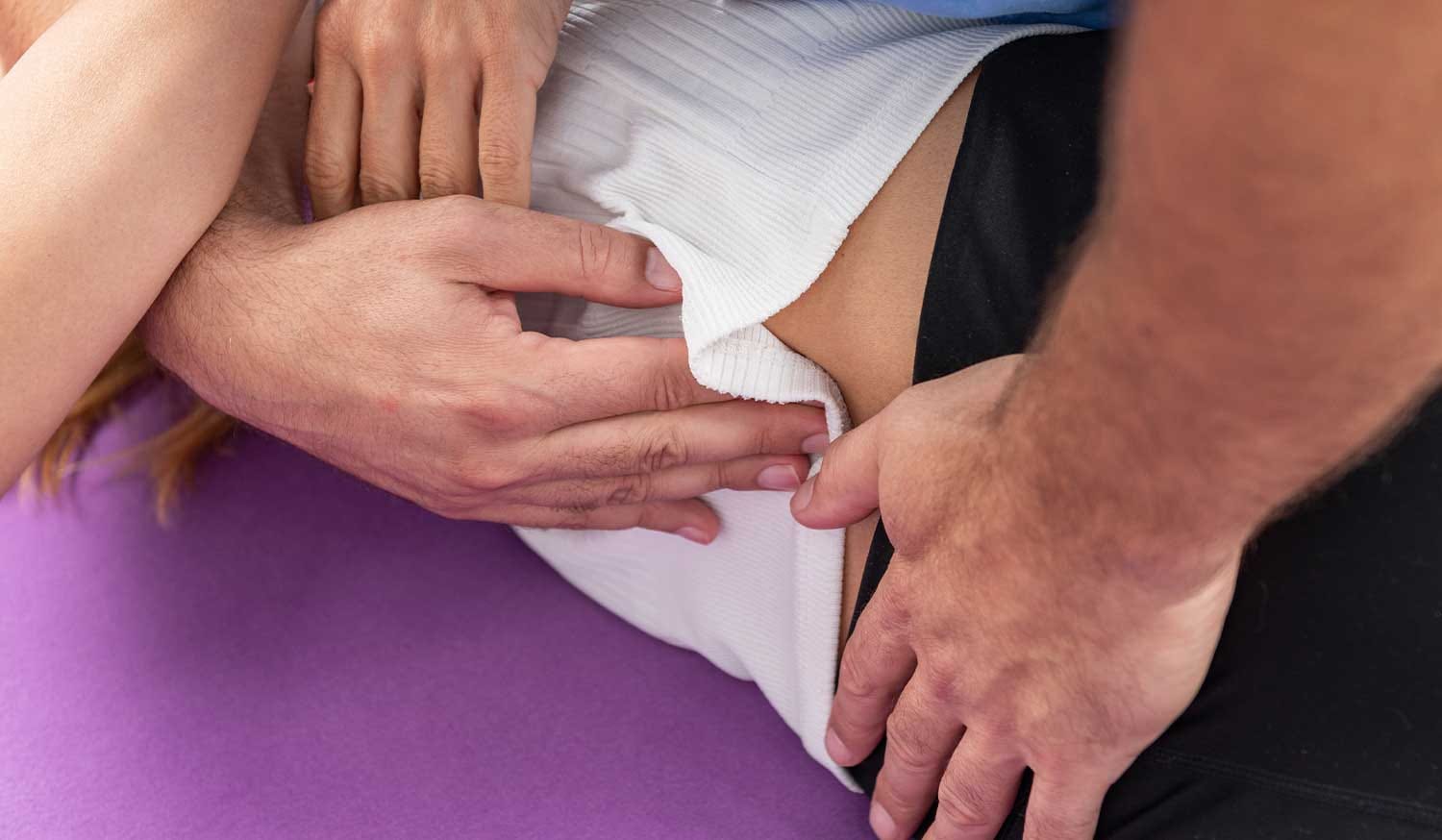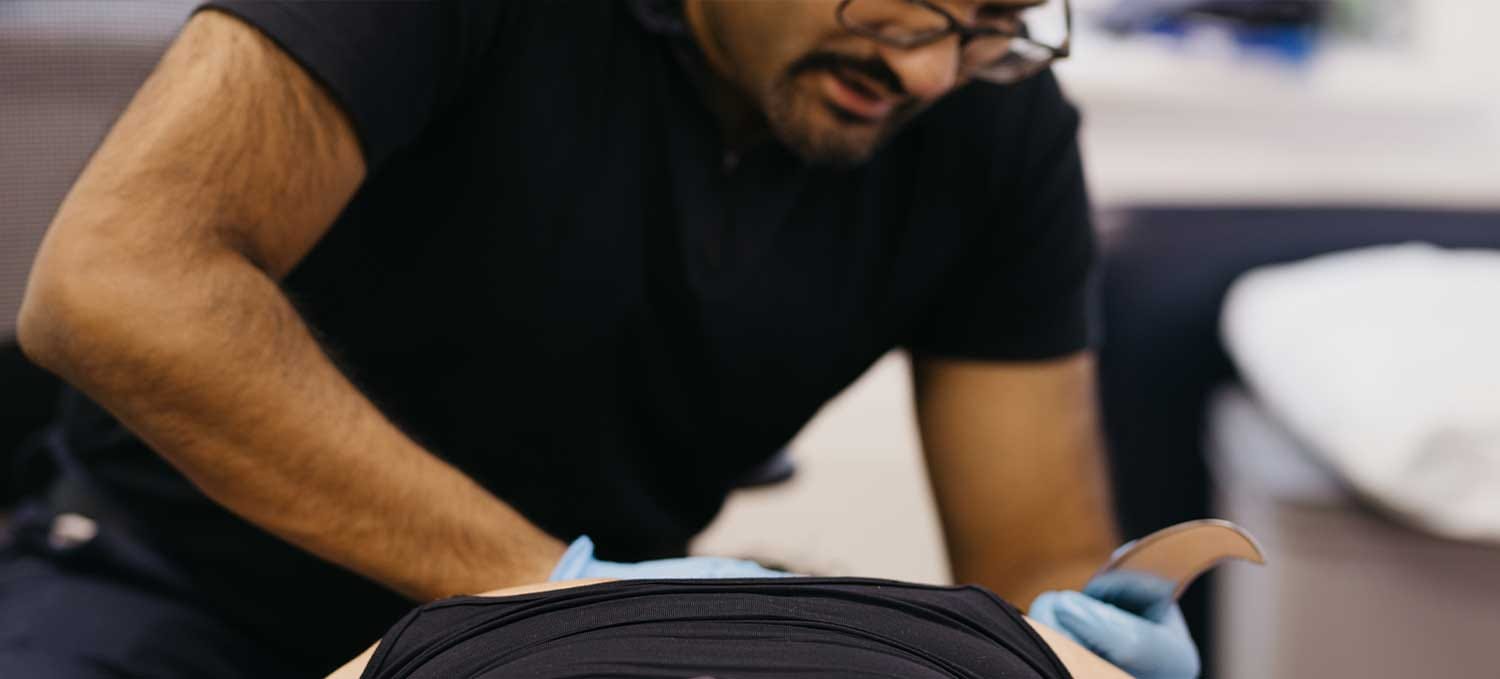Discover how osteopathy for hip pain provides a natural, drug-free approach to easing stiffness, restoring movement, and improving daily comfort. Learn what to expect at MHV Clinic and how it compares to other therapies.

Hip pain can significantly impact your daily life, making simple activities like walking, climbing stairs, or even getting out of a chair a struggle. Fortunately, osteopathy offers a gentle, drug-free approach to musculoskeletal health by focusing on the structure and function of the body. At MHV Clinic, our registered osteopaths deliver personalised treatment plans that aim not only to relieve discomfort but also to restore smooth, pain-free movement. Below, we explore five key ways osteopathy for hip pain can help you regain mobility and improve overall well-being.
Osteopathy is a hands-on therapy centred on assessing, treating and preventing musculoskeletal issues through movement, stretching and massage of muscles and joints. Guided by the principle that the body’s bones, muscles, ligaments and connective tissues must work in harmony for optimal health, osteopaths employ a variety of manual techniques—ranging from gentle articulation to targeted manipulation—to enhance joint mobility, ease muscle tension and support the body’s natural healing processes. Furthermore, as regulated health professionals in the UK, osteopaths undergo rigorous training. They must be registered with the General Osteopathic Council (GOsC) to practise, ensuring patient safety and adherence to high standards of care.
When hip pain arises from stiffness or dysfunction in the hip joint, restoring a full range of motion is crucial. Osteopathic manipulation techniques—such as gentle joint articulation and low-force thrusts—are designed to loosen restricted areas and encourage synovial fluid circulation within the joint capsule. Consequently, patients often experience noticeable improvements in flexibility and a reduction in the “locking” or catching sensations that limit their stride. Importantly, these manual interventions are tailored to each individual’s needs and comfort levels, making them suitable for people of all ages, including those with early osteoarthritis or postoperative stiffness.
Tight hip and pelvic muscles can transmit stress to the hip joint itself, exacerbating pain and impairing movement. Osteopaths use specialised soft-tissue techniques—such as myofascial release and deep tissue massage—to ease tension in muscles like the iliopsoas, gluteals and piriformis. By reducing hypertonicity in these muscles, osteopathy not only decreases discomfort but also helps rebalance the musculoskeletal system, preventing compensatory patterns that might otherwise lead to knee or lower back issues osteopathy.org.uk. Moreover, alleviating muscle tightness can improve posture and gait mechanics, thereby promoting more efficient, pain-free movement.
Osteopathy employs a holistic approach that addresses both the mechanical and neurological aspects of pain. Manual therapies can stimulate mechanoreceptors in joints and soft tissues, which in turn modulate pain signals within the central nervous system. As a result, many patients report a decrease in pain intensity following treatment. In addition, our osteopaths often prescribe guided exercises to reinforce this effect, promoting long-term desensitisation and helping to prevent pain recurrences. The ASA and CAP recognise that techniques used in osteopathy can provide short-term pain relief for musculoskeletal conditions, including hip pain, when delivered by a qualified professional.
Improved circulation is fundamental to tissue repair and overall joint health. Through rhythmic stretching and pumping techniques, osteopaths encourage enhanced blood flow to the hip region, delivering fresh oxygen and nutrients while aiding the removal of metabolic waste products. Consequently, this enhanced microcirculation supports the body’s innate healing processes, which are particularly beneficial for individuals recovering from minor strains, cartilage wear or overload injuries. Furthermore, greater vascular support can reduce local inflammation, easing stiffness and fostering a more comfortable recovery path.
Unlike one-size-fits-all approaches, osteopathy at MHV Clinic is highly personalised. After a comprehensive initial assessment—covering your medical history, movement patterns and lifestyle factors—your osteopath will craft a tailored plan that may combine manual therapy, exercise prescription and ergonomic advice. Additionally, you’ll receive practical self-help strategies, such as targeted stretches and strengthening routines, to integrate into your daily life. By empowering you with the knowledge and tools to manage your hip health, we aim to foster long-term independence and decrease reliance on passive treatments. Moreover, NICE guidelines recommend that manual therapy be combined with exercise programmes in the non-surgical management of osteoarthritis to optimise pain reduction and functional improvement.

Initially, your osteopath will conduct a thorough face-to-face evaluation—usually lasting 45–60 minutes—during which they will observe your posture, gait and joint mechanics. You may be asked to perform simple movements to assess the range of motion and pinpoint discomfort triggers. Thereafter, treatment sessions typically last 30 minutes, focusing on hands-on techniques alongside guided exercise coaching. In many cases, patients notice improvements after just one or two visits, though the exact number of sessions will depend on the severity and duration of their hip pain. Most importantly, our osteopaths will explain each technique beforehand and continuously check in to ensure treatments remain within your comfort threshold nhs.uk.
While analgesics and anti-inflammatories can provide quick relief, they often mask symptoms without addressing underlying biomechanical issues. Similarly, injections or surgery carry inherent risks and require extended recovery periods. In contrast, osteopathy emphasises natural, manual approaches that work with your body’s reparative capacities. Moreover, physiotherapy and chiropractic share some techniques with osteopathy. Yet, osteopaths undergo specific training in holistic body mechanics and internal visceral considerations, enabling them to address the interconnected nature of musculoskeletal dysfunction. Consequently, integrating osteopathy into your care plan can reduce dependence on medications and invasive procedures, while promoting sustained mobility gains.
In the UK, osteopathy has been regulated by statute since 1993 under the Osteopaths Act, with the General Osteopathic Council (GOsC) enforcing rigorous registration standards and a professional code of practice. All registered osteopaths must hold approved qualifications and engage in continuous professional development to maintain their registration. Additionally, the ASA advises that osteopaths may make responsible claims to treat musculoskeletal conditions—such as hip pain—provided they hold evidence of efficacy and comply with advertising codes. By choosing a GOsC-registered practitioner at MHV Clinic, you can rest assured that your care adheres to the highest safety and ethical guidelines, Asaosteopathy.org.uk.

Our approach to marketing and patient information strictly follows ASA advice, ensuring all treatment claims for hip pain are substantiated and within accepted parameters. The ASA recognises osteopathy as suitable for treating general acute and chronic musculoskeletal pain and stipulates that any claims for other conditions must be backed by robust clinical evidence. At MHV Clinic, we focus on hip pain and mobility improvements, claims well supported by NICE guidelines and clinical research, providing transparent and trustworthy information for our patients.
If hip pain is limiting your lifestyle, take the first step toward renewed mobility with osteopathy at MHV Clinic. Our experienced osteopaths offer personalised assessments and evidence-based treatments designed to deliver natural, sustainable results. Contact us now to schedule your initial consultation and discover how osteopathy for hip pain can help you reclaim the freedom to move without discomfort.
References: